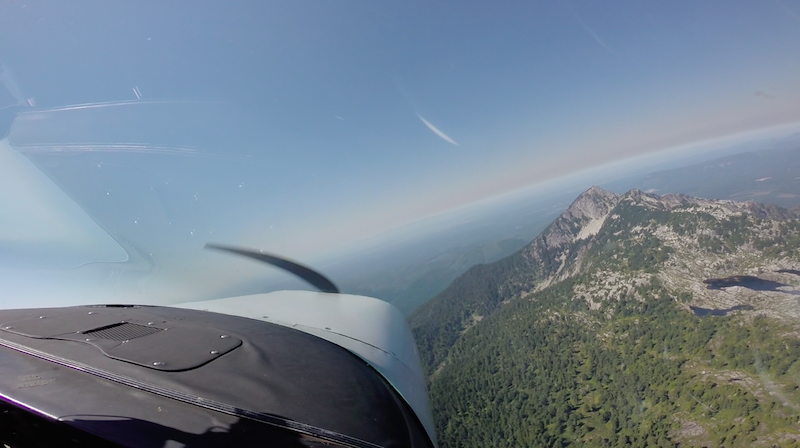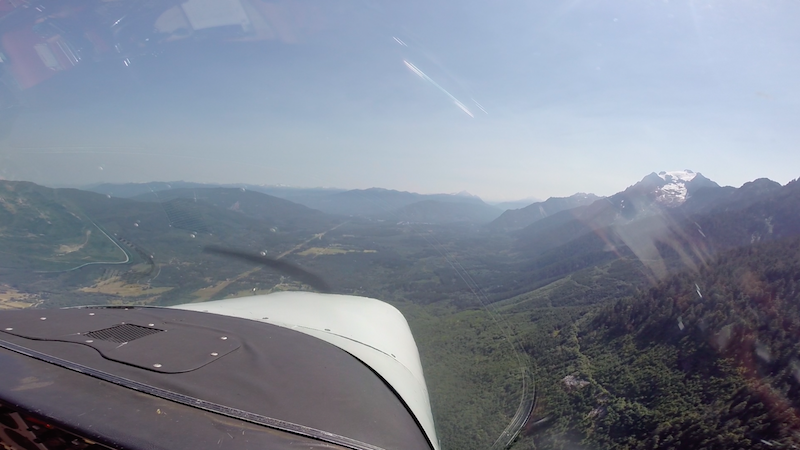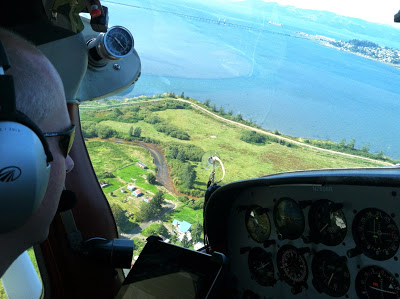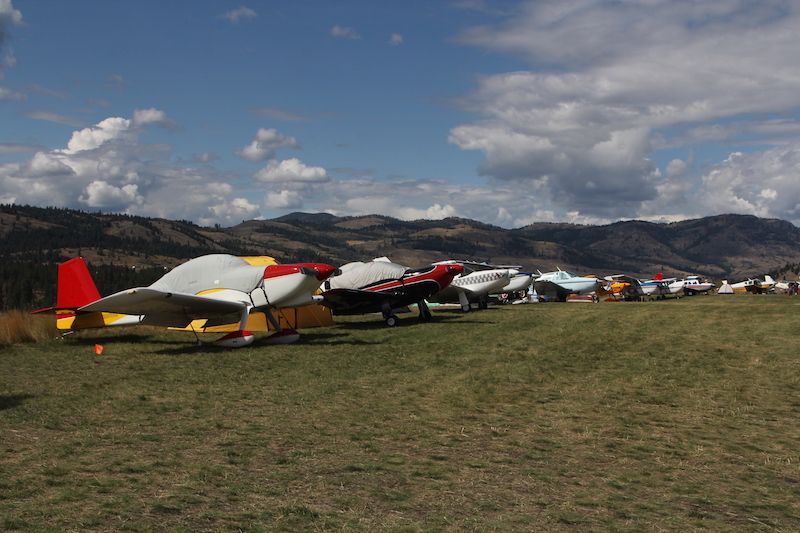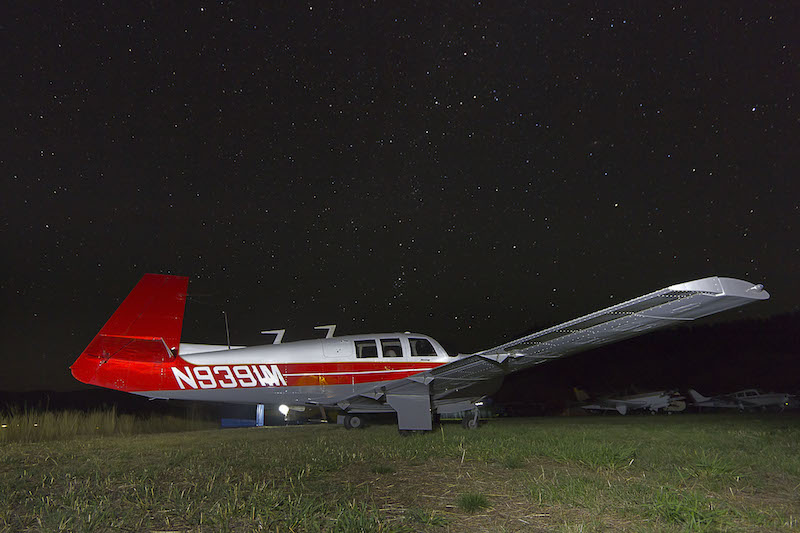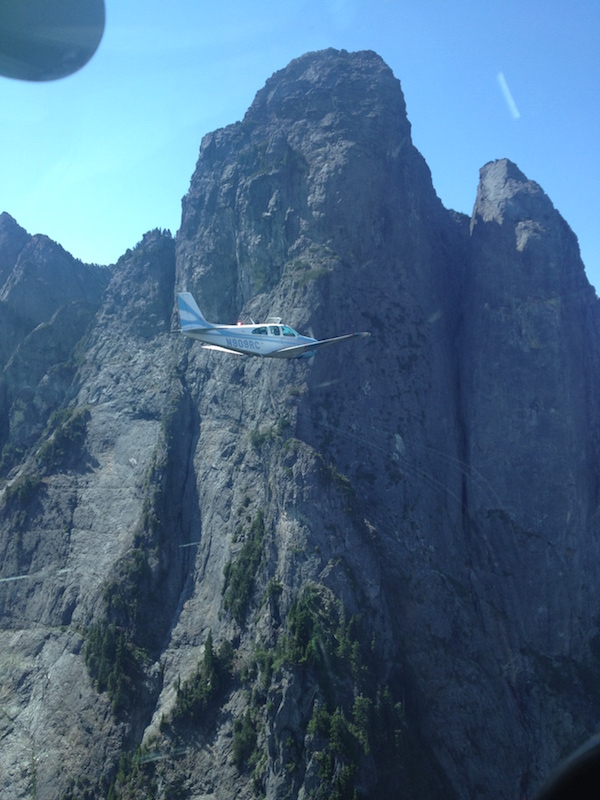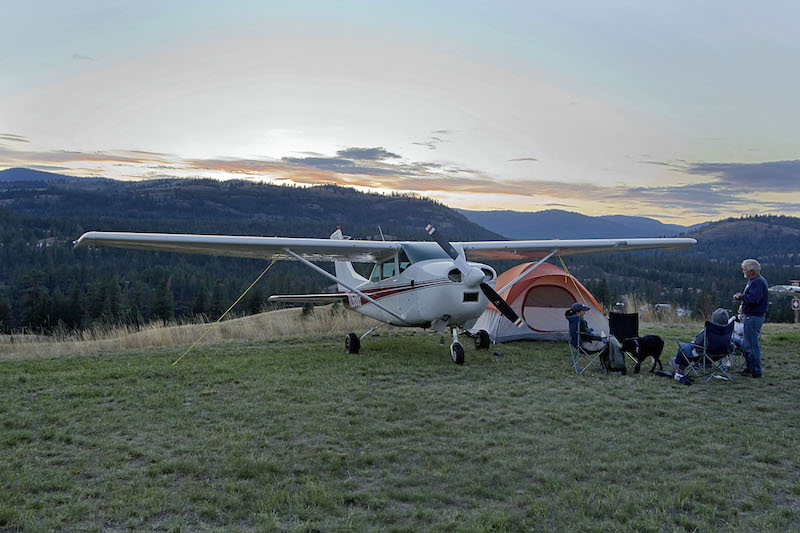FAA Third Class Medical Reform Review
Prepared for the Cascade Flyers at Paine Field
by John T Young 2017
There are now two options available for those pilots flying under the required Third Class Medical; Option 1 is the traditional Third Class Medical that most of us hold today; Option 2 is the new BasicMed Third Class Medical. Either one will be a valid medical qualification for you to fly our club’s type airplanes.
If you are flying under a Second or First Class Medical none of the new medical reforms apply to you and nothing has changed for Second and First Class Medical pilots. Second and First Class pilots can always receive BasicMed qualification should their flying status change by taking the BasicMed exams and consulting and gaining approval of their doctors. Example: should Steve – the commercial airline pilot currently flying under First Class- retire, he no longer needs a First Class Medical to fly our planes. He could now fly under BasicMed or traditional Third Class.
COVERED AIRCRAFT, WHAT CAN WE FLY?
-6000 lbs maximum gross takeoff weight
-Not more than 250 knots indicated airspeed
-Whatever your pilot certificate allows, e.g.:
Single, multi engine, helicopter, piston, turboprop, turbine, land or sea.
OPERATIONAL LIMITATIONS
-VFR or IFR ok
-Day or Night
-Not for hire or compensation (Flight instruction ok)
-up to 5 passengers in certificated 6 seater
-18,000 ft MSL or below
-International flights are not yet approved by neighboring countries with BasicMed; only flights in the USA. International flights can occur if you hold the standard Third Class Medical however (without Special Issuance international restrictions).
PILOT REQUIREMENTS
-Hold a valid and current driver’s license
-Hold or have held a medical certificate or Special Issuance Authorization within 10 years prior to July 15, 2016 (i.e. any time after July 15, 2006).
EXCEPTIONS
-If your last medical was issued more than ten years ago, or you have never held a medical certificate, you must be issued a onetime medical certificate or special issuance authorization by an FAA AME.
HOW TO QUALIFY FOR BASICMED
-complete an FAA medical history checklist and obtain a medical examination from a licensed physician at least every 48 months (this is the big advantage of Basic Med !). Questions asked will be the same questions as on the current MedXpress re:
-Medications, illnesses, surgeries, hospitalizations, substances, etc.
-Arrests, DUIs
-Visits to Health Professionals in prior three years
If the pilot has a condition that may impact the ability to fly, the pilot must be under the care of a physician.
The pilot takes the completed checklist to any physician licensed to practice medicine. This does NOT include physician assistants, or nurses.
The physician can be your personal physician, your current AME, or any other physician willing to conduct the exam (and sign off on the risk). Not all physicians will be willing to conduct the exam, but most AME’s will be willing because they understand what is required for pilots to fly.
The physician must accomplish the same basic physical exam an AME would do for a Third Class Medical, including:
Ears, eyes, heart, lungs, vision, blood pressure, urine, etc.
Doctor must address medical conditions as appropriate, determine if additional tests are required, and discuss medications reported by the pilot.
Specifically, the checklist will have two parts—questions to be answered by the pilot in advance of the exam, and a list of items for the doctor to include in the examination. The questions will be similar to those asked on the standard third class medical application and include identifying information like name and address, date of birth, a short medical history and listing of current medications, and information about whether you’ve ever had an FAA medical certificate denied, suspended, or revoked. Just as you do now, you’ll have to affirm that your answers are true and complete and that you understand you can’t fly if you know or have reason to know of any medical deficiency or medically disqualifying condition.
The second part contains a list of items for your physician to cover during the examination. The items are similar to those covered in an FAA medical certification exam and include:
Head, face, neck, scalp, nose, sinuses, mouth, throat, ears and eardrums,
eyes, lungs and chest, heart,
vascular system, abdomen and viscera, anus,
skin, G-U system, upper and lower extremities,
spine, other musculo-skeletal, body marks, scars, tattoos, lymphatics,
neurologic, psychiatric, general systemic,
hearing, vision, blood pressure and pulse.
Your physician will exercise his or her discretion to address any other medical conditions identified in the exam and determine if additional tests are needed. Your physician will need to affirm that he or she has performed an examination and discussed all the items on the FAA checklist, including medications, with you. Your physician will also have to affirm that he is unaware of any medical conditions that, as presently treated, could interfere with your ability to safely operate an aircraft
Meds that are currently not allowed by the FAA will still be disqualifying (see FAA list available online at FAA.gov). Some meds are allowed individually, but may be disqualifying if used in combination with other meds. The doctor must review the FAA Medications list to determine what meds are appropriate.
The doctor must sign the following statement on the checklist:
“I certify that I discussed all items on this checklist with the individual during my examination, discussed any medications the individual is taking that could interfere with their ability to safely operate an aircraft, and performed an examination that included all the items on this checklist. I certify that I am not aware of any medical condition that, as presently treated, could interfere with the individual’s ability to safely operate an aircraft.”
You will then need to retain the completed checklist in your logbook. You would only provide it to the FAA if requested, such as during a routine ramp check, an investigation, or enforcement action.
*** ADDITIONALLY, PILOT MUST TAKE ONLINE MEDICAL EDUCATION COURSE ***
-pilot must take an online Medical Education Course now and every 24 months, offered for free by the AOPA ASI. Once completed, pilot will receive an online course completion certificate which must be kept with the pilot’s logbook.
The course is free and will be available soon through the AOPA Air Safety Institute. You’ll need to provide the FAA with some of the same certifications you do today, such as an authorization for the National Driver Register to provide your driving record to the FAA, and a statement that you understand that you cannot act as a pilot in command, or any other capacity as a required flight crew member, if you know or have reason to know of any medical condition that would make you unable to operate the aircraft in a safe manner.
SPECIAL ISSUANCE
If you have had a special issuance medical within the 10-year lookback period and your medical status is unchanged, you should be able to fly under BasicMed provided you meet all the other qualifications, including being under the treatment of a physician for your medical condition. If you develop a new condition that requires a special issuance medical certificate you will have to apply for a one-time special issuance for that condition.
Under the existing third class medical regulations, pilots flying on a special issuance medical are expected to repeat the process year after year. They often have to send reams of documentation to the FAA for evaluation, unnecessarily repeat expensive medical tests for health conditions that are unchanged, and spend weeks or months grounded while they wait for the FAA to review their file. BasicMed puts decisions about medical care back into the hands of pilots and their personal physicians, people who know them well and have an ongoing interest in their health and wellbeing
I UNDERSTAND I WILL NEED TO GET A ONE-TIME SPECIAL ISSUANCE MEDICAL IF I HAVE CERTAIN MEDICAL CONDITIONS. WHAT ARE THOSE CONDITIONS?
The conditions are described in the legislation and are limited to an established medical history of the following:
A).Cardiovascular: myocardial infarction (heart attack); coronary heart disease that has required treatment; cardiac valve replacement; and heart replacement.
B). Neurological: epilepsy; a transient loss of control of nervous system functions without satisfactory medical explanation of the cause; and disturbances of consciousness without satisfactory medical explanation of the cause.
C). Mental Health: personality disorder that is severe enough to have repeatedly manifested itself by overt acts; psychosis defined as a case in which an individual has manifested or may reasonably be expected to manifest delusions, hallucinations, grossly bizarre or disorganized behavior, or other commonly accepted symptoms of psychosis; bipolar disorder; and substance dependence within the previous two years as defined in FAR 67.307(a)(4).
Pilots who have a clinically diagnosed mental health or neurological condition will be required to certify every two years that they are under the care of a state-licensed medical specialist for that condition. Details of how that certification process will work have not yet been determined.
Pilots with a cardiovascular condition will still need to get a one-time special issuance, but successful completion of a clinical evaluation will satisfy the process for getting an Authorization for Special Issuance of a medical certificate with no mandatory waiting period.
CAN I FLY UNDER THESE RULES AS A CFI? Yes, the FAA final rule for BasicMed does apply to the person acting as PIC, including flight instructors. As an example, the FAA has noted that flight instructors meeting the requirements of the new rule may act as PIC while giving flight training without holding a medical certificate, regardless of whether the person receiving flight training holds a medical certificate.
WHAT IS THE BEST WAY TO EDUCATE MY DOCTOR ABOUT THE CHECKLIST BEFORE ASKING HIM/HER TO SIGN IT?
AOPA has resources for physicians available online and we are developing additional materials to help doctors understand the regulations and their responsibilities. But the pilot also needs to be ready for the conversation and a good way to do that is to explore AOPA’s online suite of Fit to Fly resources or contact the AOPA Pilot Information Center at 800/USA-AOPA (872-2672) Monday through Friday, 8:30 a.m. to 6 p.m., Eastern time or email pilotassist@aopa.org
WILL I BE ABLE TO GET INSURANCE IF I FLY UNDER THESE NEW RULES?
AOPA went straight to the source and surveyed insurance carriers. The AOPA learned that, nearly across the board, medical reform should have no negative impact on insurance coverage. What most carriers told the AOPA is that if a pilot is in compliance with FAA regulations, then in many cases that pilot may be in compliance with their company insurance requirements as well. Nevertheless, as each insurance policy may be different, the best course of action is to read your policy and consult with your insurance company.
WILL I STILL NEED TO GET A FLIGHT REVIEW?
Yes. The reforms will not affect the rules for flight reviews.
I HAD A STANDARD THIRD CLASS MEDICAL EXAM WITHIN THE PAST FOUR YEARS – COULD IT COUNT AS THE BASICMED EXAM?
No. The BasicMed regulations require an exam by a state licensed physician performed in accordance with the new rules, and the completion of the medical examination checklist
I HAVE ONE OF THE THREE CONDITIONS LISTED AS REQUIRING A ONE-TIME SPECIAL ISSUANCE MEDICAL (CARDIAC, NEURO, PSYCH). I HELD A SPECIAL ISSUANCE MEDICAL A FEW YEARS AGO, DO I HAVE TO GET ANOTHER ONE IN ORDER TO USE THE NEW RULE?
Probably not. The law states that you must have held a special issuance for one of the specific conditions named in the language, so if your most recent medical was not denied and you have held a special issuance for that condition previously at any point since July 15, 2006, you should be eligible under the new regulations. It would be a good idea for you to call the AOPA Pilot Information Center at 800/USA-AOPA (872-2672) Monday through Friday, 8:30 a.m. to 6 p.m., Eastern time or email pilotassist@aopa.org. For a more in-depth review, consider enrolling in AOPA’s Pilot Protection Services program.
MORE INFORMATION
The full FAA ruling, 77 pages, can be seen at: faa.gov/news/updates/media/final_rule_faa_2016_9157.pdf
Another informative source is the AOPA at aopa.org/advocacy/pilots/medical/fit-to-fly-pilots
Addendum: the document in hand was created with the best intentions of its author to get the facts straight, avoid alternate truths, and be as accurate as possible. It is an abbreviated compilation from the two sources mentioned above; the FAA and AOPA documents. Apologies in advance if any inaccuracies have occurred.
A personal note: not all doctors will be willing or able to conduct and sign off on the BasicMed exam. For example, my own personal physician of 30 years is unable to sign off since he is affiliated with Virginia Mason. V.M. has a policy not to conduct exams of this nature. V.M. will also not conduct physical exams for the trucking industry either. My AME for the past six years, however, is very willing to conduct the BasicMed exam.
JTY March 2017



